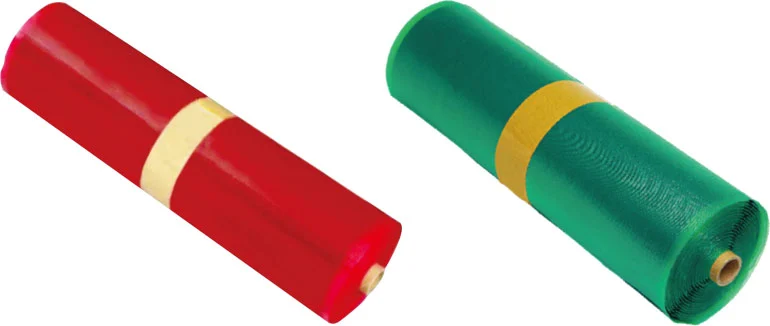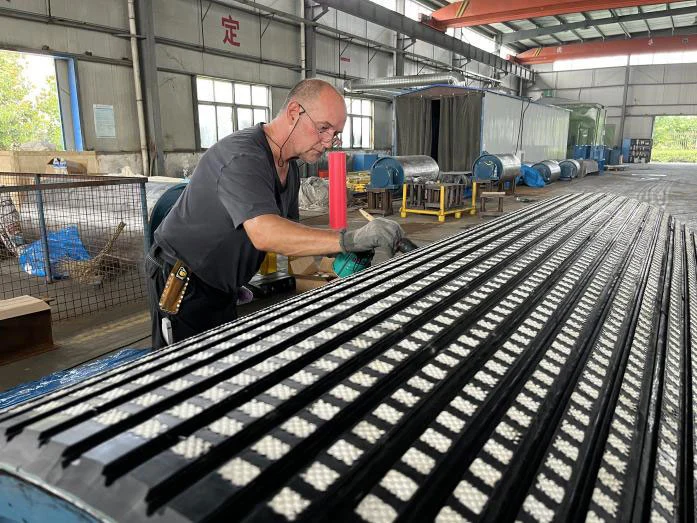Conveyor belts often experience damage and breakage during the material transportation process in belt conveyors. If the conveyor belt malfunctions, the entire transportation equipment will be shut down, and the operations will cease. Therefore, how to avoid such situations in daily operation?
1.Use appropriate splicing adhesive to join the conveyor belt
Conveyor belts can be divided into tensile layers and protective layers. The tensile layer can be considered the framework, mainly responsible for bearing tension, while the protective layer acts as a shield, mainly for resisting wear and protecting the framework. When joining the belts, choose high-quality materials, avoiding weakness that could lead to tearing or even belt breakage.

2.Regularly maintain the conveyor belt
Pulleys are crucial supporting components for conveyor belt operation, ensuring smooth rotation. If damage is found on the pulley covering, promptly repair it to prevent belt deviation and belt damage. QMH pulley covering rubber plates are pre-vulcanized and require no grinding. When used in conjunction with gB Solution 2KR Cold Bonding Glue, they offer strong bonding and ease of operation.

3.Install devices that protect the conveyor belt
If materials accumulate on the conveyor belt, it can cause friction between the roller and the belt, significantly reducing the lifespan of the belt, related rollers, and return idlers, resulting in substantial costs. We recommend QMH scrapers installed below the horizontal axis of the roller. Hey are designed for various types of materials and are durable, suitable for harsh environments. They are compatible with mechanical, cold, and hot vulcanized joints.
